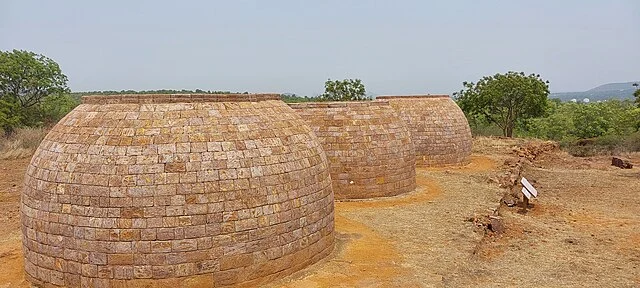The Thotlakonda Buddhist Complex is an ancient site located near Visakhapatnam, Andhra Pradesh, India. It dates back to the early centuries AD and offers a significant glimpse into the spread of Buddhism in this region. Discovered in 1976, Thotlakonda is one of the many Buddhist sites along the eastern coast of India, and it provides critical insights into the architectural and cultural history of early Indian Buddhism.
Get your dose of History via Email
Historical Background
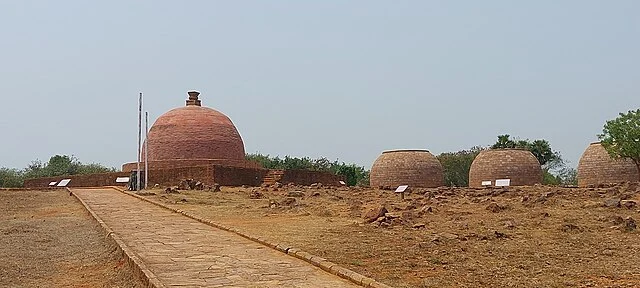
Thotlakonda’s history traces back to the 2nd century BC, during the period of the Satavahana dynasty. The site flourished as a Buddhist monastic complex until about the 3rd century AD. The proximity of Thotlakonda to the ancient port of Visakhapatnam suggests that it played a crucial role in maritime trade routes. These routes facilitated the spread of Buddhism to Southeast Asia.
Archaeological Excavations
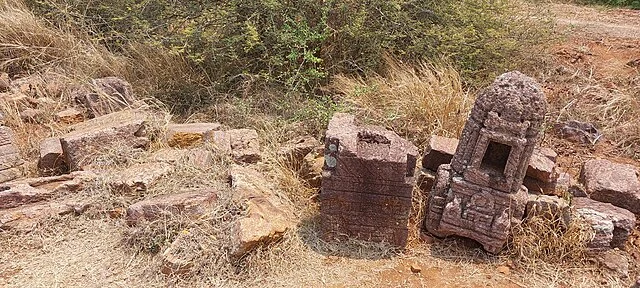
Archaeologists discovered Thotlakonda in 1976 during an aerial survey conducted by the Indian Navy. Subsequent excavations revealed a sprawling Buddhist complex that includes stupas, viharas (monasteries), chaityagrihas (prayer halls), and other structures. The site spans approximately 120 acres, indicating the presence of a large monastic community.
Architectural Features
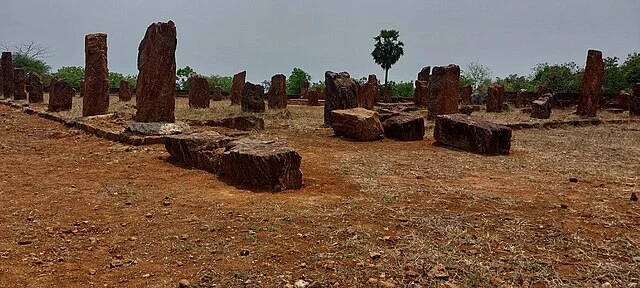
Thotlakonda’s architecture reflects the simplicity and functionality typical of early Buddhist structures. The site contains several rock-cut cisterns, which stored rainwater. This innovation highlights the monks’ ability to adapt to the arid climate.
The complex includes a central stupa, surrounded by smaller votive stupas. The stupa, a mound-like structure containing relics, is a key feature of Buddhist architecture. Thotlakonda’s stupas are built using brick and stone, and their simplicity contrasts with the more elaborate stupas found in other regions of India.
The viharas at Thotlakonda housed the monks and provided spaces for meditation and study. These viharas consist of small cells, each with a rock-cut platform that served as a bed. The chaityagriha, or prayer hall, is another significant feature. It was used for congregational worship and reflects early Buddhist architectural styles.
Religious and Cultural Significance
Thotlakonda was an important center for Buddhist learning and practice. The monks at this site followed the Hinayana (Theravada) tradition of Buddhism, which emphasizes the teachings of the historical Buddha and the monastic code.
The discovery of inscriptions and artifacts at Thotlakonda provides valuable insights into the cultural and religious practices of the time. The inscriptions are primarily in the Brahmi script and suggest that the site attracted pilgrims and monks from various regions.
The presence of Roman coins at the site also indicates the far-reaching influence of Thotlakonda. These coins suggest that the monks engaged in trade with the Roman Empire, further highlighting the site’s importance in ancient global trade networks.
Conservation and Current Status
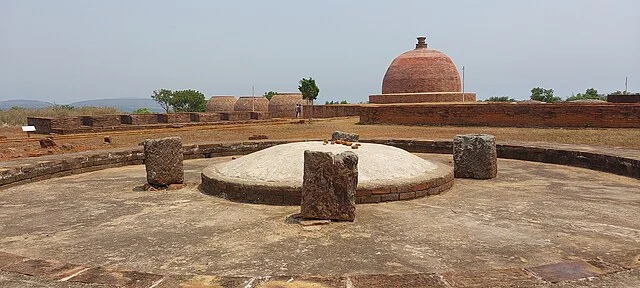
Thotlakonda is a protected monument under the Andhra Pradesh Ancient and Historical Monuments and Archaeological Sites and Remains Act of 1960. However, the site faces challenges due to urbanization and encroachments. Conservation efforts are ongoing, but more robust measures are needed to preserve this valuable heritage site.
Today, Thotlakonda remains a significant archaeological site, attracting scholars and tourists alike. Its importance lies not only in its architectural and historical value but also in its role in the spread of Buddhism. The site serves as a reminder of the rich cultural and religious heritage of ancient India.
Conclusion
The Thotlakonda Buddhist Complex offers invaluable insights into the early spread of Buddhism in India and beyond. Its architectural features, historical significance, and cultural impact make it a vital subject of study for historians and archaeologists. Continued conservation efforts are essential to preserving this site for future generations to explore and understand the early history of Buddhism in India.
Source:
Wikipedia

